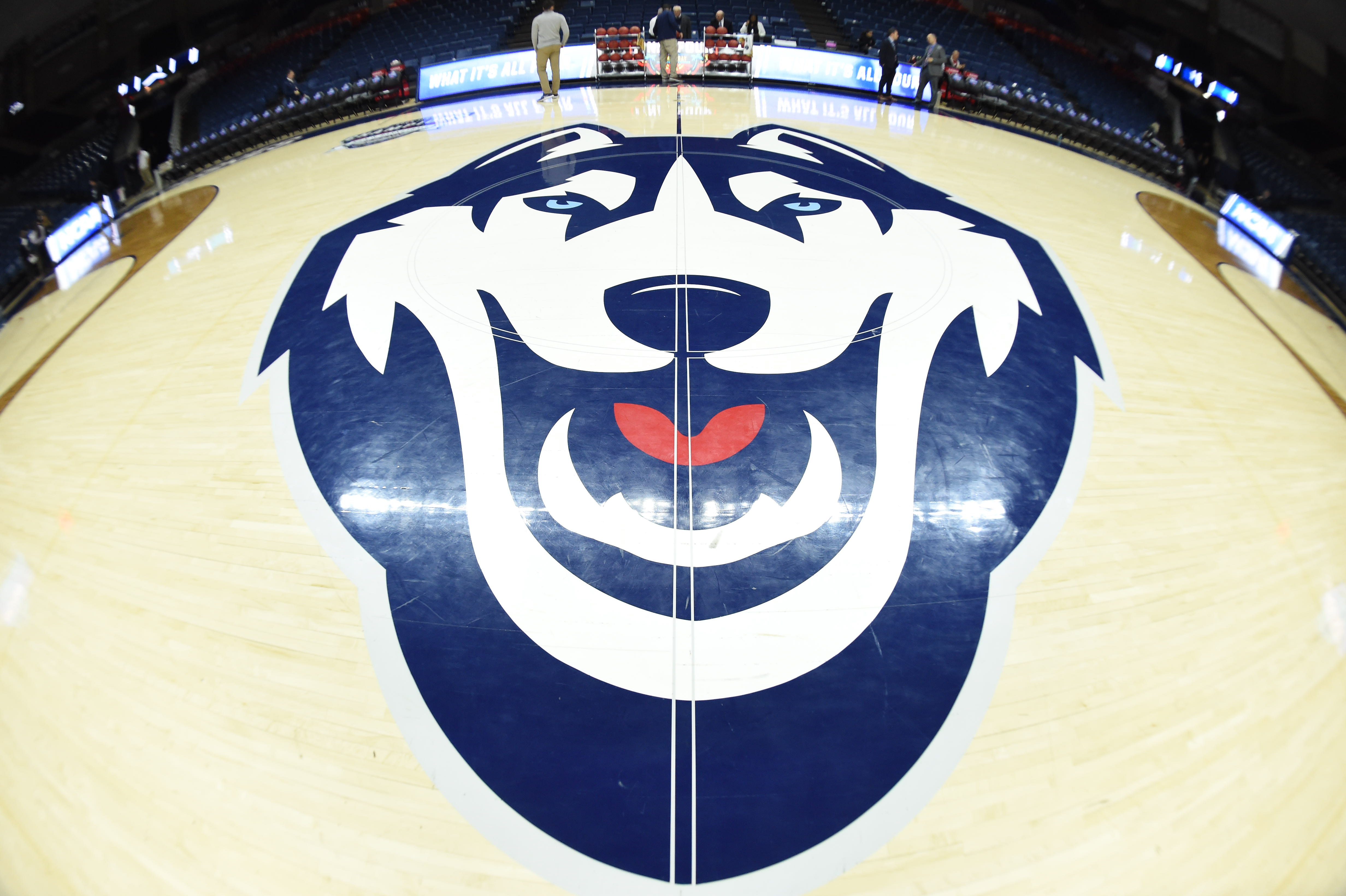Between the passes and the touchdowns come the hits.
They can lead to dangerous concussions, and the NBC Connecticut Troubleshooters put safety guidelines to the test to check the safety of the helmets high school football players wear here in Connecticut.
Virginia Tech conducted put helmets to the test to see which best take the hits while protecting the players who wear them. The helmets were ranked from 1 to 5 stars, with 5 being the safest and 1 being marginal. The study advised against using one type of helmet altogether.
The Troubleshooters reached out to high schools across Connecticut to find out which helmets they’re using. With more than 70 responses so far, we found that no schools are outfitting players with helmets ranked at fewer than two stars, which is considered adequate, according to the Virginia Tech rating system.
Dr. David Wang, who practices Elite Sports Medicine at Connecticut Children’s Medical Center, specializes in pediatric concussion injuries and also serves as co-chair of the CT Concussion Task Force.
Wang said he found the data from the Virginia Tech study interesting, but he’s not sure it tells the whole story.
“We have to remember why people wear helmets,” Wang said. “They wear helmets to prevent skull fracture and significant traumatic bleeds in the brain. They were not designed for concussions. So as we look at these helmets and say one helmet is 5-star and one helmet is 3-star, in the lab it may absorb force a little bit better. But I can’t say that that’s going to prevent a concussion.”
Concussions are one of the dangers that Marce Petroccio, the head football coach at Staples High School in Westport, hopes to protect his players from.
One of his players, Ben Thaw, a junior, took a hard hit at football camp over the summer that resulted in a concussion.
“I really don’t remember 5 to 10 minutes, and I just kind of remember waking up at the trainers’. I’m just trying to remember... little details about my life,” Thaw said, recalling the moment he regained consciousness and realized he was hurt. “Not even little details, but what’s my parents’ name, what’s my name, what’s my birthday. It’s a really scary, traumatic incident.”
Petroccio said safety concerns are greater now than when he was a student-athlete.
“When I played, it was called getting your bell rung,” said Petroccio. “You get back out there and do what you have to do. We’re all about player safety now.”
While football gets much of the attention, Wang said he’s seeing young athletes from all kinds of sports with concussion related injuries.
“Football brings in a big chunk,” Wang said, “but soccer brings in just as big a chunk if you combine boys and girls soccer together. So these are big numbers.”
The American Journal of Sports Medicine published a study in April that shows a spike in concussions among high school athletes. Researchers found concussion rates more than doubled from 2005 to 2012, not just in football, but in a total of nine sports.
“I think you’re looking at student athletes that are bigger, faster, stronger,” Dr. Karissa Niehoff, Executive Director of the Connecticut Interscholastic Athletic Conference, said. “But we’re also seeing more awareness of concussion as an injury, therefore more reporting.”
Niehoff says Connecticut is ahead of the curve when tackling the issue of concussions among student athletes.
“We’re really leading the nation right now in terms of legislation and our coaching education program.”
CIAC has been conducting mandatory training sessions for high school coaches so they can readily recognize a player with a concussion. They’ve conducted thousands of training sessions in person and online. Earlier this year, Gov. Dannel Malloy signed a new concussion law, requiring more training, mandatory reporting and treatment protocols for suspected cases.
Where Dr. Wang wants to see more attention is with younger athletes.
“Pop Warner football leagues, the Little League baseball, leagues where we have volunteer coaches where you don’t have to have the same certification as the ones in high school,” Dr. Wang said. “We have yet to find a way to educate those people.”
At Staples High School, they’re utilizing a new piece of equipment that they believe better protects players. It’s called the guardian, a foam layer that’s placed on the outside of the helmet. They started using it two years ago after an alarming number of players were injured.
“We had quite a few, and they were long-lasting and pretty severe concussions,” Coach Petroccio said. “In our first year, we had none when we’re wearing these things.”
Staples coaches are looking into using the Guardian for other teams, including hockey and lacrosse.
Dr. Wang says the research isn’t in on whether the Guardian works, but the Virginia Tech helmet study is well-known in football circles. Several coaches tell the Troubleshooters it greatly influenced their choice of helmets.
What CIAC is hoping for in all of this is a balanced approach to protecting players in all sports while keeping them on the field.
“Even sports medicine specialists are saying, ‘You don’t want to remove kids from youth sports,” Niehoff said. “They play a huge role in the life of our kids”


